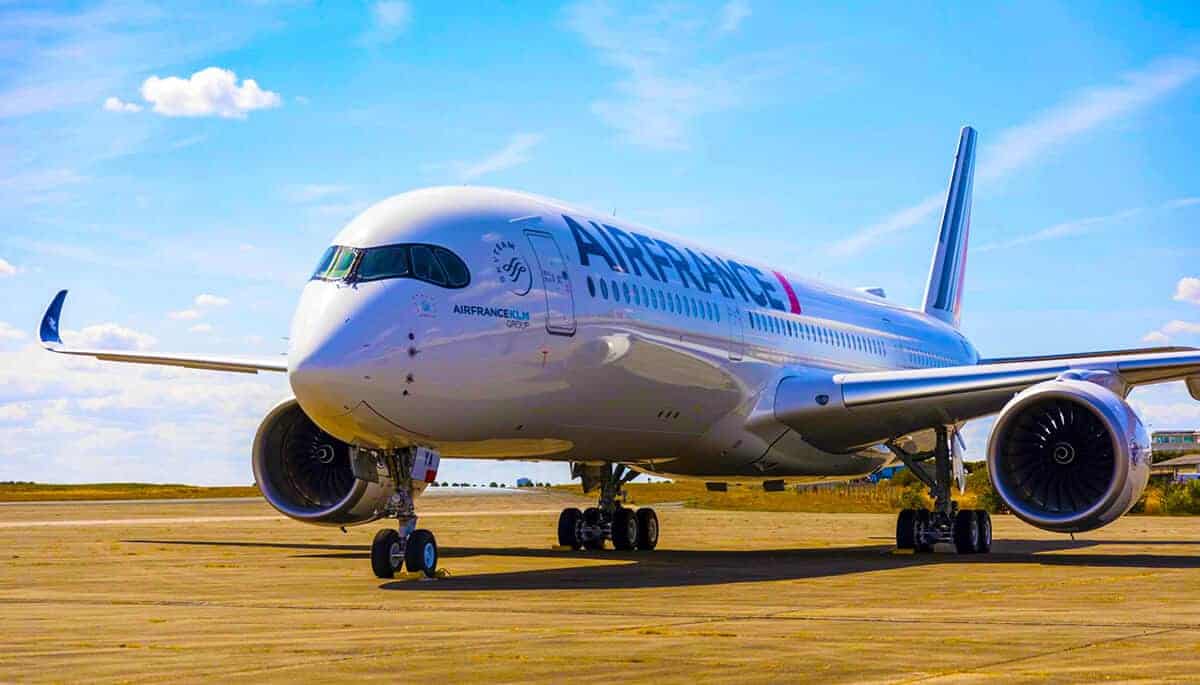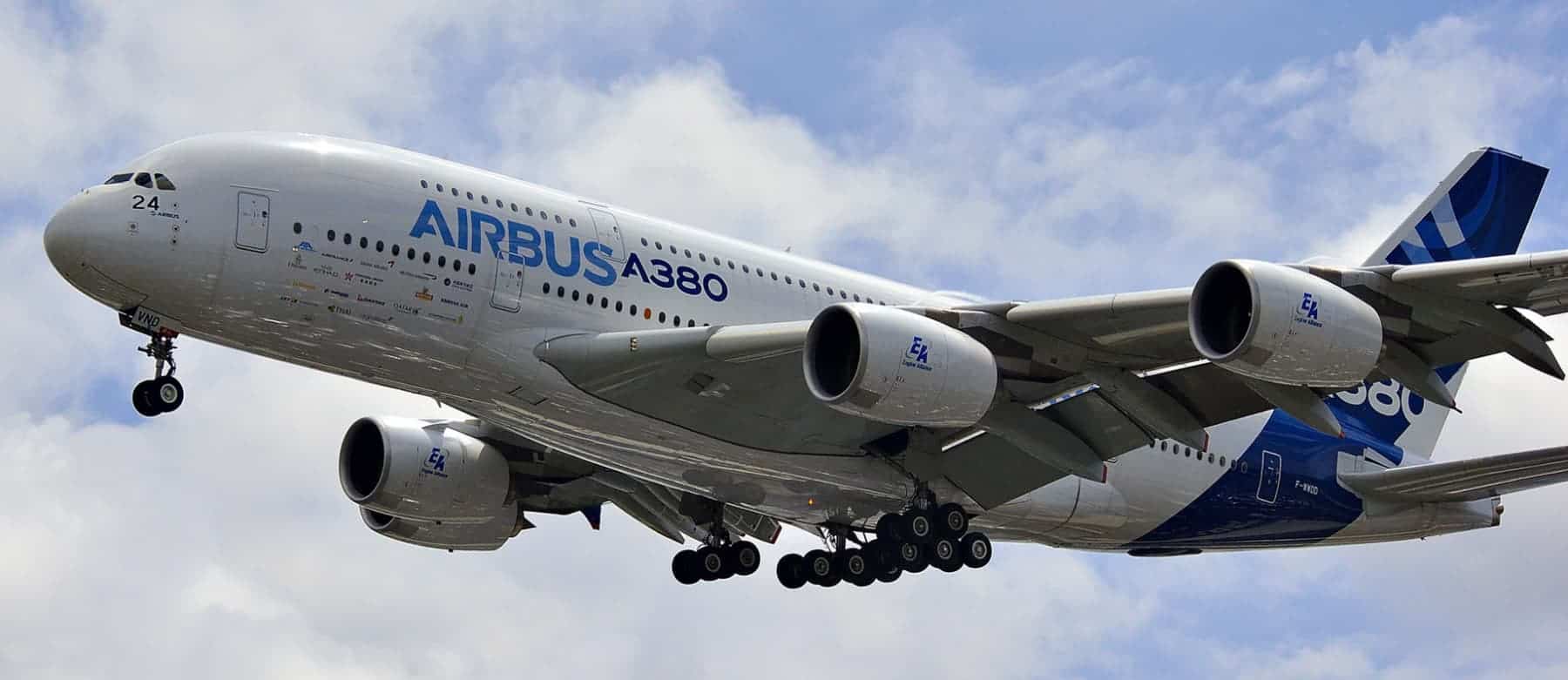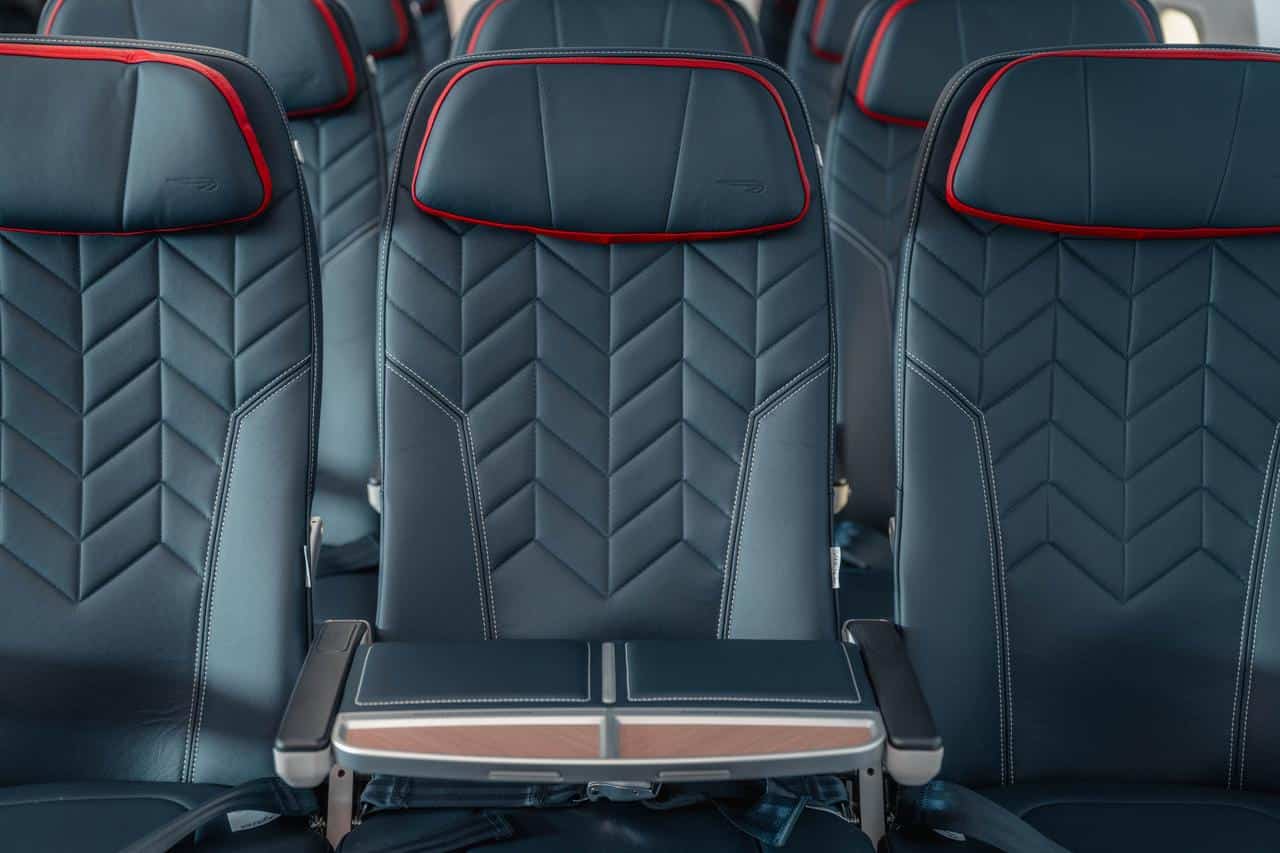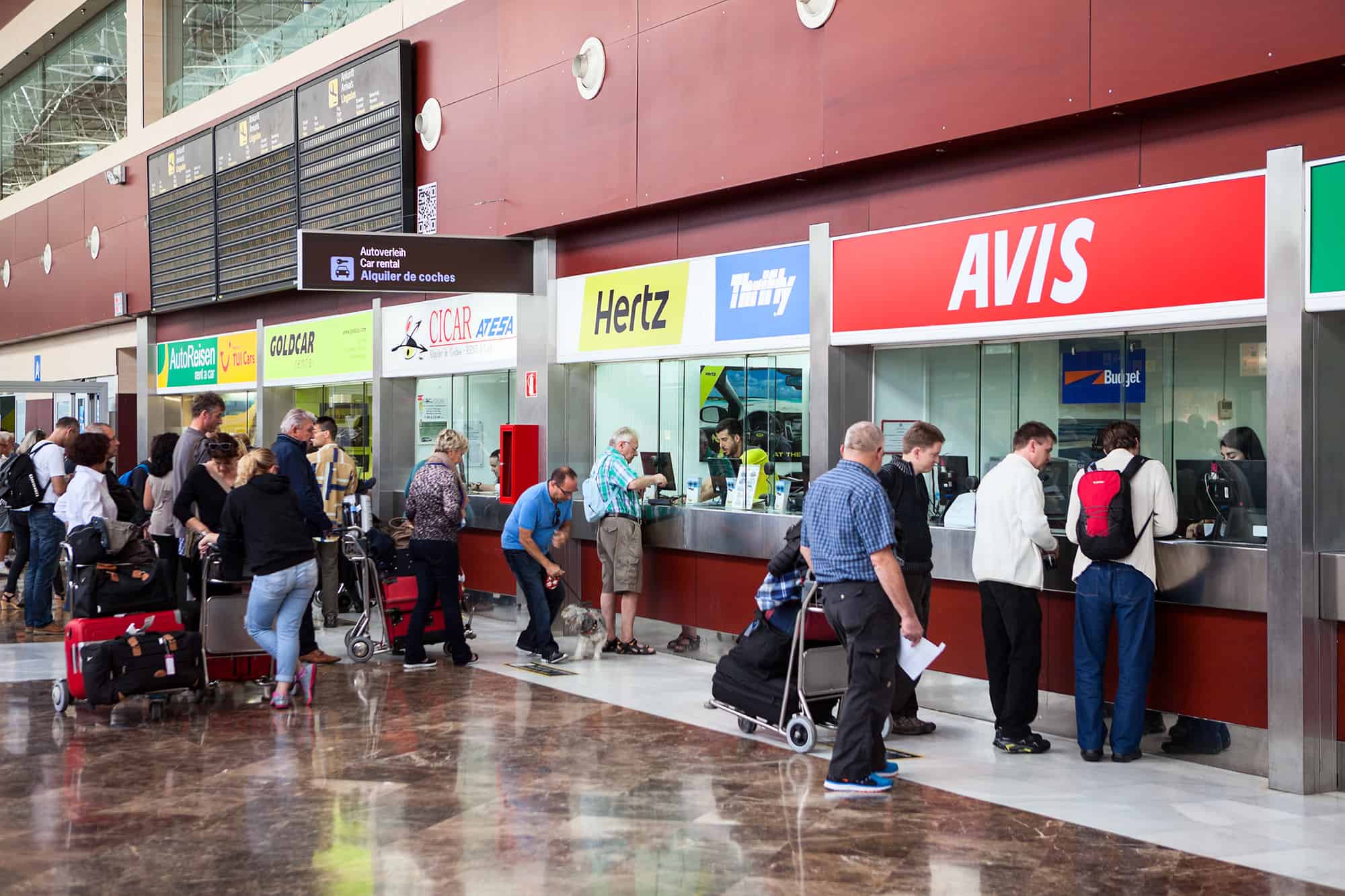It’s enough to make a plane spotter weep down his anorak – first British Airways scraps its Boeing 747s, then the last Airbus A380 rolls off the production line.
Things are looking bleak for those who like their flying on the roomy side.
The pandemic caused the 747’s premature retirement from BA (and Virgin) just over a year ago, while lack of demand saw Airbus end production of the A380 last month after only 14 years.

The A380, the 747’s obese opponent, wasn’t the success Airbus hoped for; to put it into perspective, the 747 first flew in 1969 and the last of nearly 1,600 (albeit a freighter), rolls off the production line in 2022.
In contrast, only 251 A380s were sold, nearly half of them to Emirates over in Dubai, where they like the biggest of everything.
In these days of twin jet technology, the passenger 747 is simply too thirsty and most airlines have found there aren’t enough people to fill the A380. Air France and Lufthansa have already ditched it and the first ever one to be delivered – to Singapore Airlines – was scrapped in 2019.
The flying whale was a triumph of engineering, but a commercial flop.
But wait, for those who long for that reassuring four-engine feeling and to stretch their legs with a walk to the onboard bar, there is hope; the double decker is back, and I don’t mean the chocolate kind.
BA returns four of its 12 to service next month, flying them to Los Angeles, Miami, and Dubai. What’s more, it’s signed maintenance deals for all 12 until 2027, so they’ll all be returning soon.
Emirates has already brought the A380 back to Heathrow, as will Singapore Airlines from mid-November and Qantas from next April. What’s more, Qantas has refurbished its fleet, including a new onboard lounge that screams cocktails rather than sales meeting.
All these carriers have reduced the number of A380s they operate, but BA is keeping all its double deckers, because it wisely bought them for specific use on trunk routes like Hong Kong from its slot-constrained base. That made sense. Others bought them seemingly just because airline bosses like their toys big.
Only a handful of A380s have actually been scrapped – Emirates is currently dismantling the first one it purchased in 2007. No-one currently wants them second-hand, so what’s to be done with them?
Surely all the remaining A380s parked in the desert could be converted to freighters? Once again, the 747 has the edge here. Boeing hedged its bets when it designed the 747, originally envisaging it as a cargo aircraft, one that proved very successful.

The A380 was designed for passengers first, and the second deck gets in the way of a freighter conversion. Bean counters will tell you this makes it inefficient when it comes to delivering tonnes of tat from China, but a conversion has been mooted by Airbus where the top passenger deck stays in place, so you could be literally sat above your own Amazon delivery.
Airlines will tell you this set-up is a bit of a juggling act, so don’t get excited about the prospect. It may be that a used A380 could be sat longer waiting for a buyer than your dad’s old brown Ford Sierra.
If you’re really that attached to the superjumbo, here’s a couple of ideas. Emirates is selling off bits of its first A380 scrappage, including the onboard bar, something that would make the ultimate Man Shed talking point.
But why stop there? After 9/11, you could buy a knackered but airworthy 747 for just $1 million, cheaper than a three-bed semi in the Home Counties. Used A380s may not be that much of a bargain yet, but it could happen… Start saving now, you know you want one.






